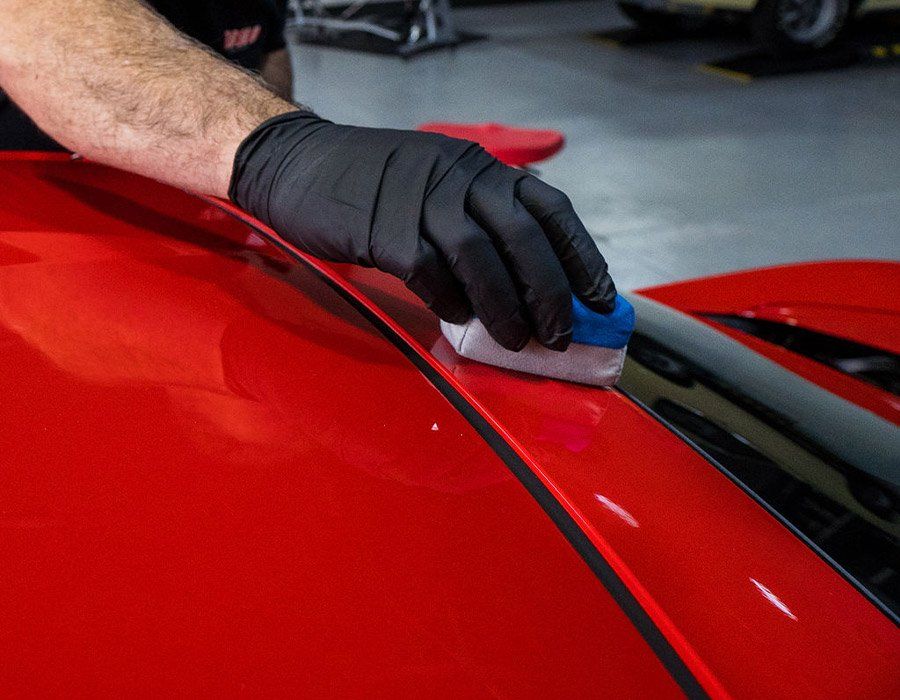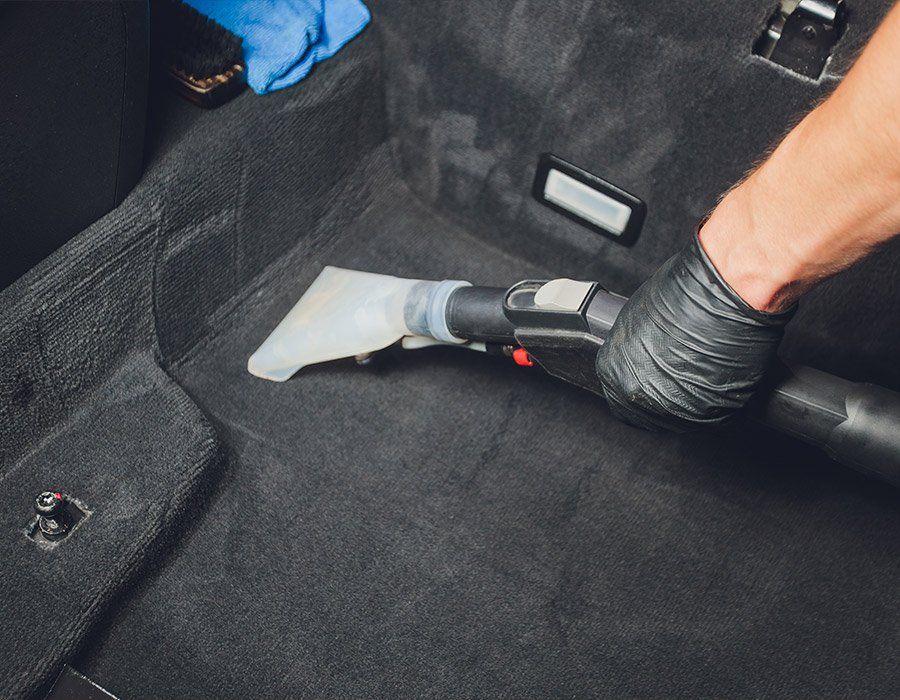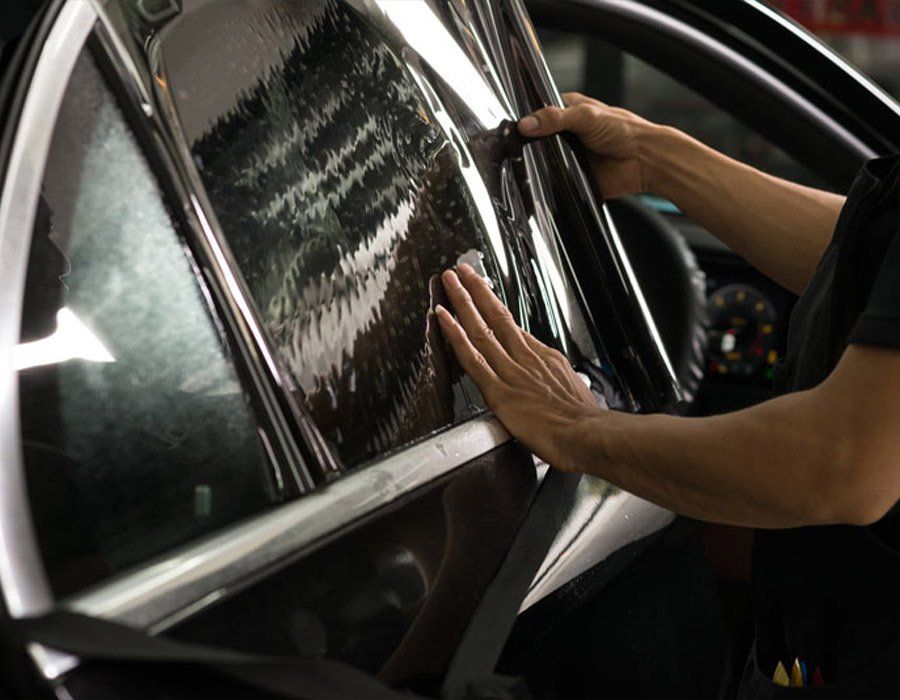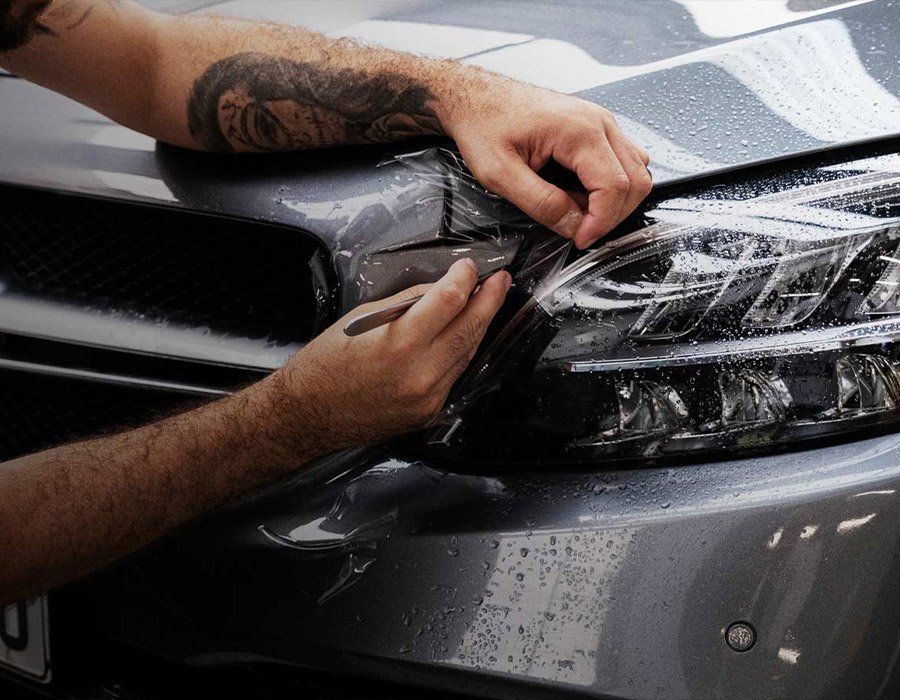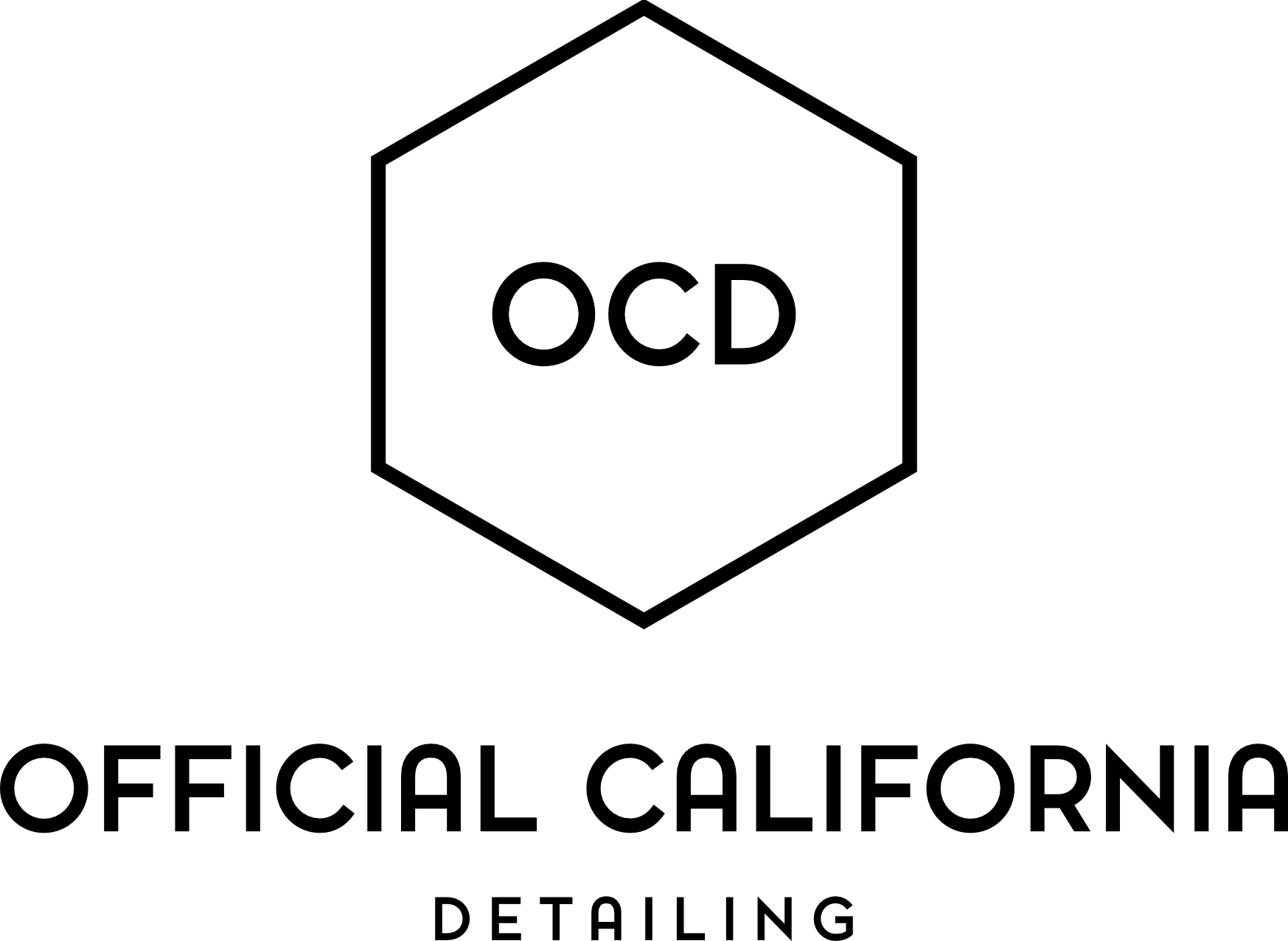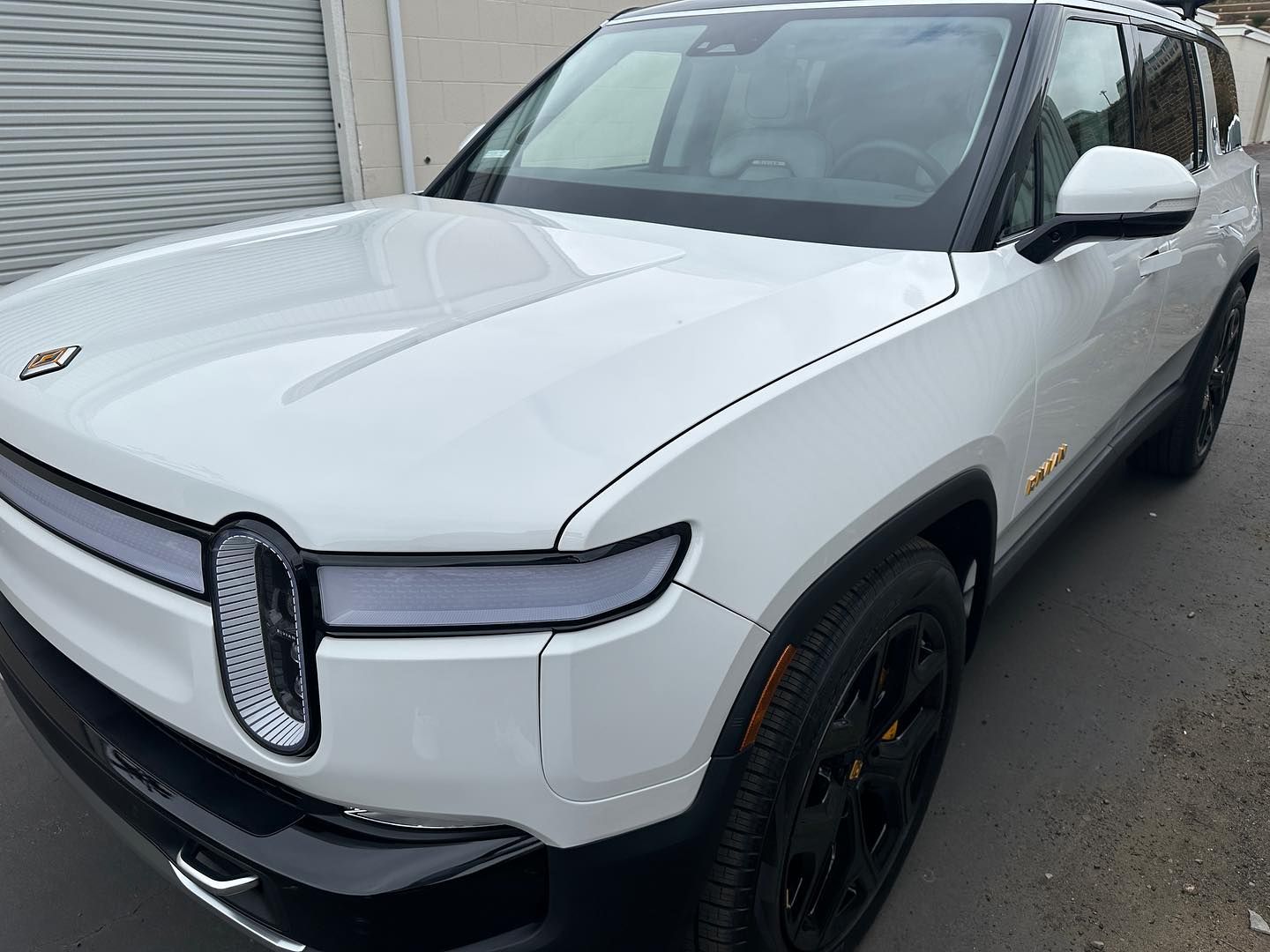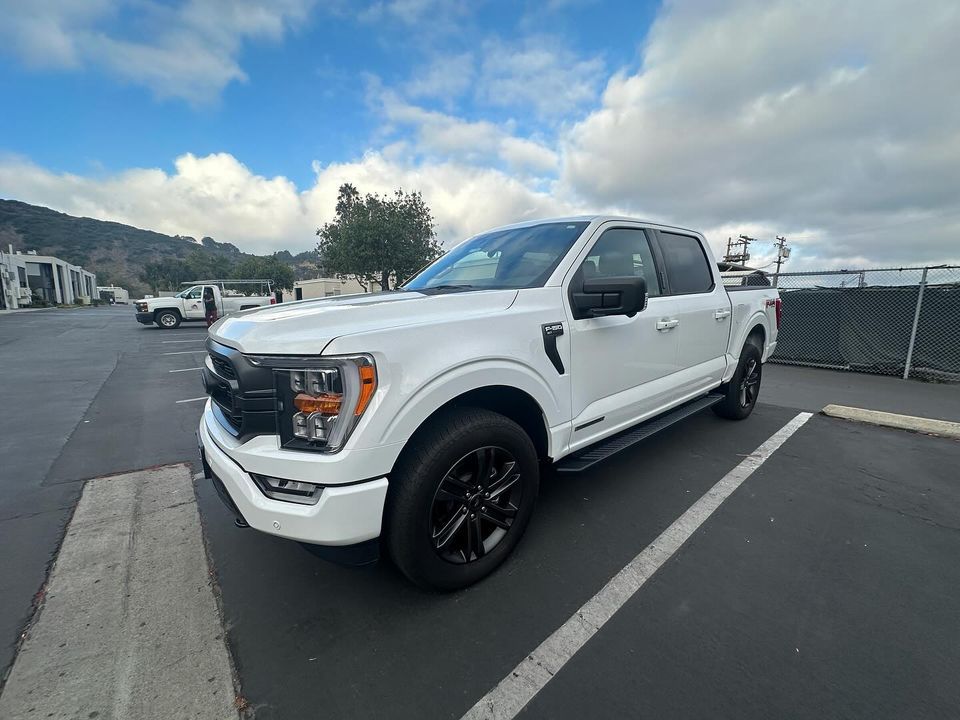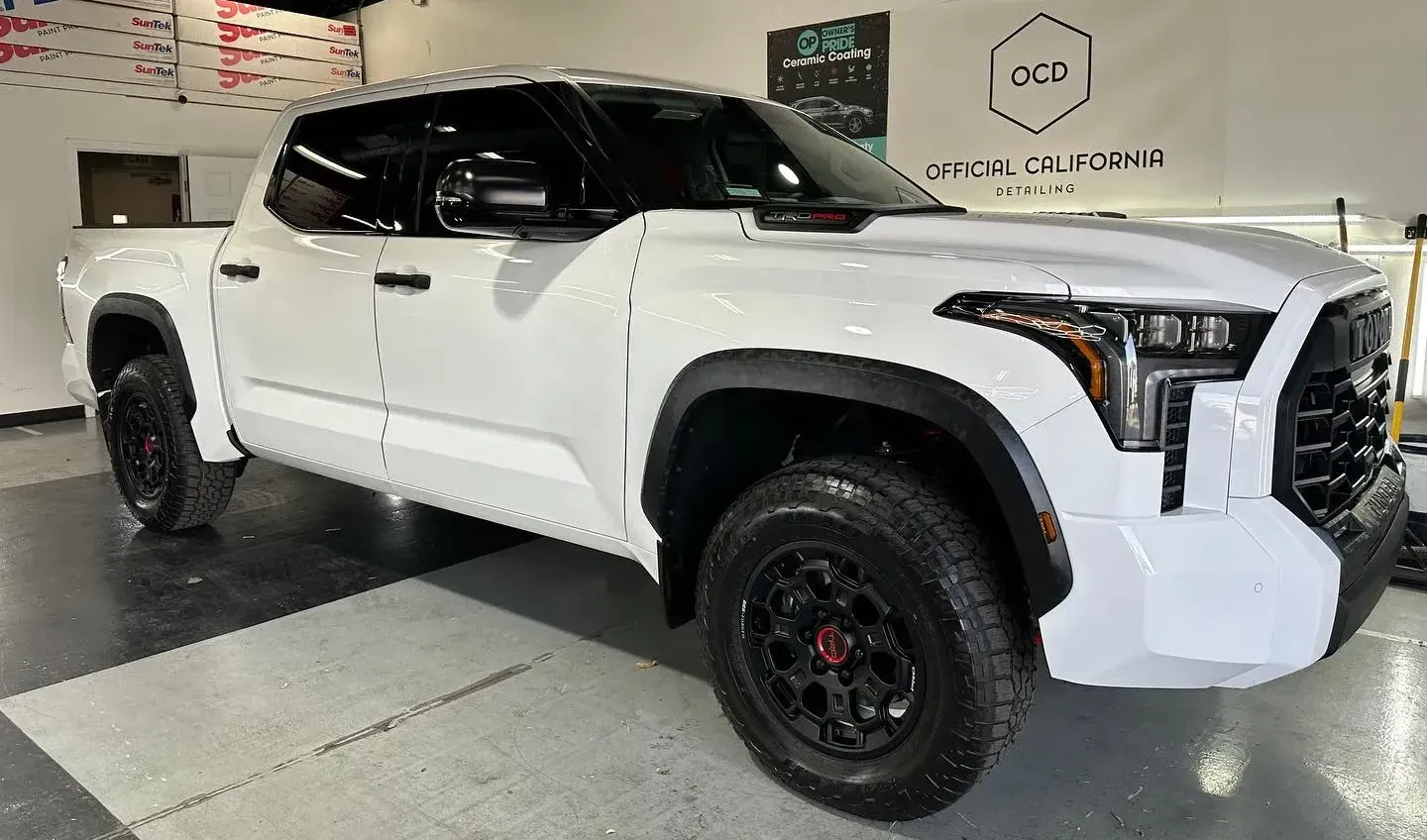Official California Detailing Blog
How to Clean Paint Protection Film: Top Tips and Techniques for Maintenance
(619) 760-4962 GET A QUOTE NOWCorrect maintenance of paint protection film (PPF) requires specific tools and methods. Gentle cleaning products, such as pH-neutral automotive soap, combined with a microfiber wash mitt can provide excellent results. But here's the part many overlook: regularity. Consistent cleaning with these delicate yet efficient tools is crucial for preserving the life and quality of your vehicle's PPF. In this article, we will discuss how to clean paint protection film!
Cleaning Your Paint Protection Film: Top Tips
Proper and regular cleaning is crucial to preserving the integrity and appearance of your paint protection film (PPF). Over time, dirt, debris, and other contaminants accumulate on the surface, affecting its protective properties and aesthetics. Let's explore some top tips for effectively cleaning your PPF to ensure its longevity and optimal performance.
Use Gentle Cleaning Products
When cleaning your PPF, opt for pH-neutral automotive soaps specifically formulated to clean without compromising the protective qualities of the film. These gentle soaps help remove dirt and grime without causing any damage. Additionally, microfiber wash mitts are ideal for washing the PPF as they minimize the risk of scratching or marring the surface.
Regular Washing
Consistent maintenance not only preserves the aesthetic appeal of the film but also protects it from deteriorating due to accumulated contaminants. By adhering to a routine schedule of washing, you ensure that any dirt or harmful substances are promptly removed, maintaining the protective attributes of the PPF.
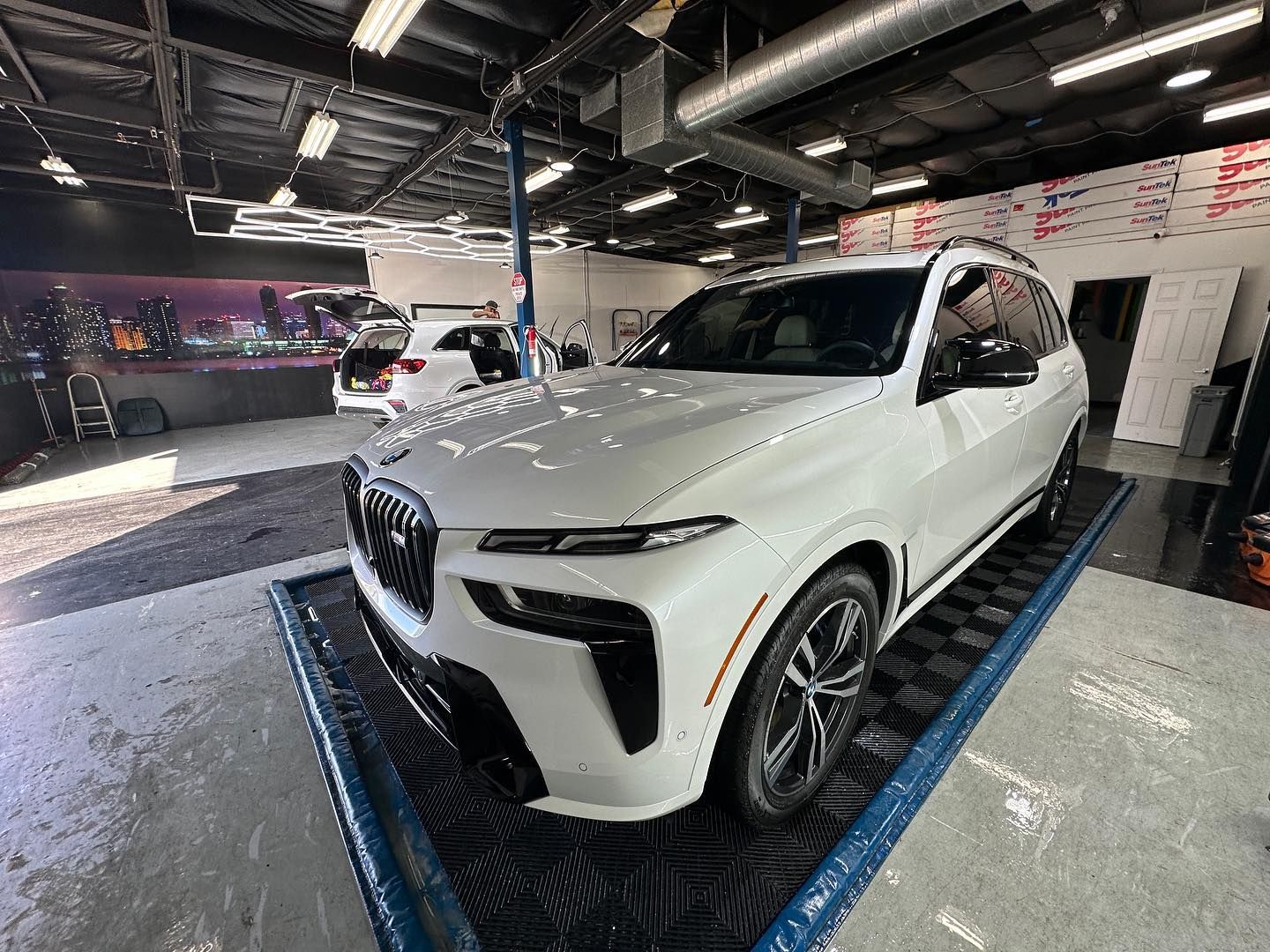
Effective Use of a Microfiber Pad
When it comes to cleaning paint protection film (PPF), the materials you use make a world of difference. This is where microfiber pads stand out for their exceptional qualities. Their ultra-soft texture and lint-free nature make them the top choice for gentle yet thorough cleaning, ensuring that the surface of the PPF is treated with the utmost care.
Microfiber pads are specifically engineered to minimize scratches or swirl marks on the protective film, gently eliminating dirt and contaminants from the PPF while preserving its pristine condition without leaving behind any lint or residues.
Moreover, due to their electrostatic properties, microfiber pads attract and retain dust without pushing it around, ensuring an efficient and thorough cleaning process.
In addition, using dedicated PPF-friendly cleaners in combination with microfiber pads ensures optimal performance. These cleaners are specifically formulated to be gentle on paint protection films while effectively removing dirt, contaminants, and road grime. By applying these cleaners to a microfiber pad and then gently cleaning the PPF, you can achieve superior results consistently.
So remember, when it comes to cleaning your paint protection film, trust in the remarkable efficacy of microfiber pads to maintain its allure and protective capabilities effortlessly.
Soap Solution and Damp Cloth Technique
The soap solution and damp cloth technique are vital parts of maintaining your paint protection film (PPF). It's essential to use a gentle cleaning mixture that effectively lifts dirt and contaminants without harming the PPF. Mixing mild soap with warm water creates an optimal cleaning solution that doesn't leave behind any residue or streaks. Applying this solution to a soft, damp cloth allows for gentle yet thorough cleaning across the surface of the PPF.
When creating the soap solution, it's important to maintain a proper balance. Using too much soap can leave behind a sticky residue, while using too little may not effectively lift dirt and contaminants. Therefore, mixing the right amount of soap with warm water is key to achieving an ideal consistency that ensures an efficient cleaning process.
After preparing the soap solution, it's time to apply it to a soft, damp cloth. The choice of a soft cloth is crucial, as it helps prevent potential scratching or damage to the PPF during the cleaning process. Using gentle wiping motions, work in small sections to ensure thorough cleaning without streaks or residue. By dividing the PPF into smaller cleaning areas, you can thoroughly address any dirt or contaminants without missing any.
Best Practices for Washing Paint Protection Film
When it comes to washing your paint protection film (PPF), there are techniques that can help preserve its effectiveness and aesthetic appeal. One of the most recommended methods is the two-bucket wash technique. This approach involves the use of two buckets—one filled with soapy water and the other with clean water for rinsing your wash mitt or sponge.
The essence of the two-bucket method lies in preventing contamination during the cleaning process. As you wash your vehicle, the soapy water picks up dirt and grit from the PPF. If you were to rinse your wash mitt or sponge in the same bucket after each pass, you'd be picking up those contaminants again. This is where the second bucket shines—by rinsing your washing tool in clean water, you're ensuring that any dirt or grit collected is not being reintroduced to the PPF during the cleaning process.
The Benefits of Two-Bucket Wash Technique
- Preservation: By avoiding recontamination of your washing tools, you're protecting your PPF from potential scratches that could occur if dirt was displaced over its surface during cleaning.
- Integrity Maintenance: The cleanliness of your wash mitt or sponge directly affects how effectively it can lift contaminants from the PPF without leaving any marks or swirls behind.
Consider this technique as a kind of thorough self-inspection, making sure each step taken in cleaning respects the delicate protective layer that shields your vehicle.
In addition to using the two-bucket method, employing pH-neutral automotive soap is equally vital. Due to their gentle composition, these soaps are effective in lifting dirt and grime off PPF surfaces without compromising their structure.
The chemistry behind these pH-neutral formulas ensures effective cleaning while being mild enough not to deteriorate or damage the protective film. This is crucial because harsh chemicals found in certain household cleaners or detergents might not only degrade the PPF but also affect its hydrophobic properties and clarity.
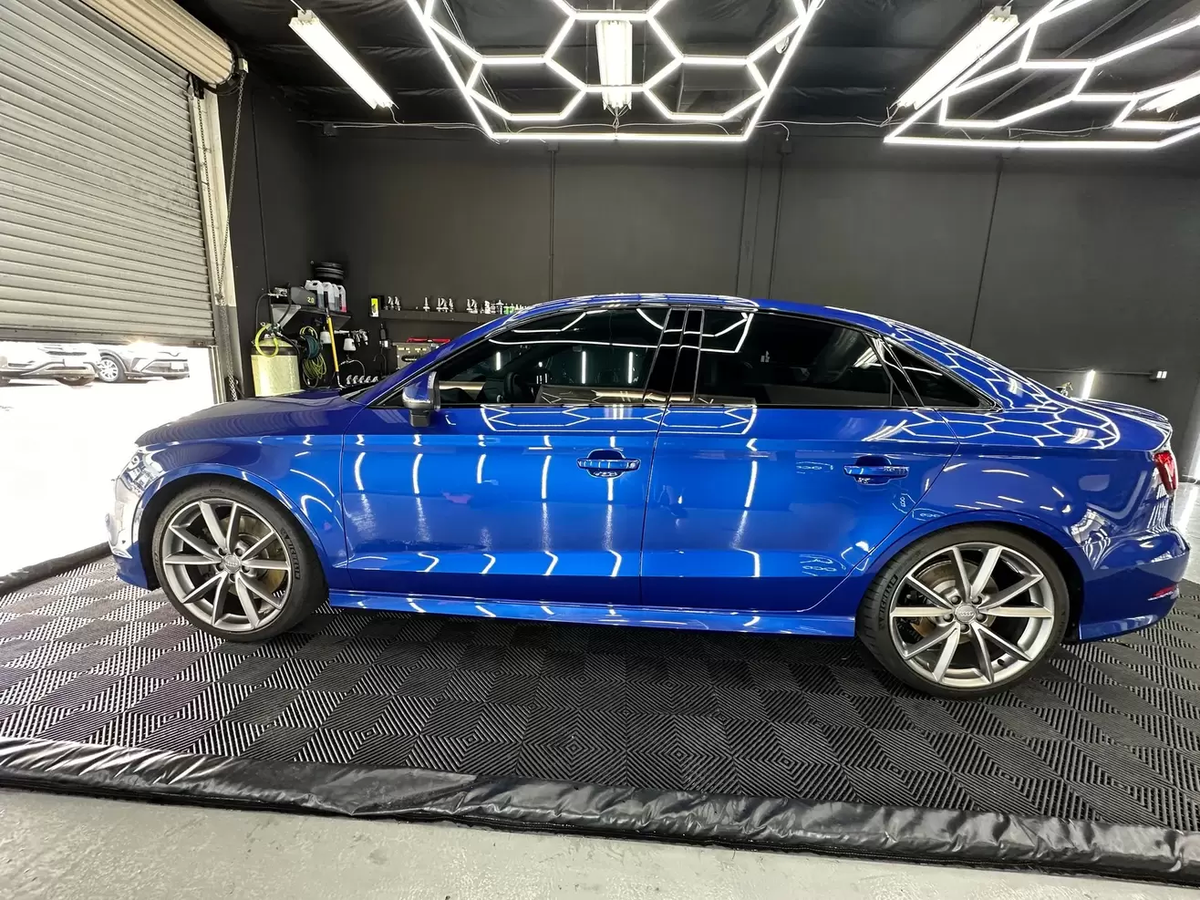
Safely Removing Dirt and Debris
When it comes to maintaining your paint protection film (PPF), thorough yet gentle cleaning is key. A soft-bristled brush is your trusty partner in this endeavor; enlist its help to carefully remove any accumulated road grime from your PPF's surface.
This isn't simply a superficial sweep; rather, it's a focused effort on spots that are most exposed to the elements, particularly the road dirt that can damage your PPF over time. By concentrating on these specific areas, you're targeting the primary culprits of grime buildup.
Excessive pressure is a common foe when facing off against stubborn dirt on your PPF. Remember, the goal is not to attack the grime head-on but to coax it away gently. Preventing accidental scratching of the film is paramount, so approach this task with a steady yet cautious hand.
Proper Drying Techniques for Your Paint Protection Film
After giving your paint protection film a gentle wash, it's crucial to dry it properly to prevent water spots and maintain its integrity. Using the right technique can make a big difference in preserving the condition of the film. Here are some tips for proper drying:
Use Ultra-Soft Microfiber Towels
Just as using a soft touch is essential for washing the paint protection film, the same care applies to drying. Ultra-soft microfiber towels are best suited for this task. These towels have incredibly fine fibers that are gentle on the film and effective at absorbing moisture without causing any damage or scratching.
Proper cleaning materials are vital because they allow you to maintain the integrity of the protective layer on the surface. Using unsuitable materials might cause tiny abrasions, which can compromise the effectiveness of the protective film.
To ensure proper drying, pat down the surface gently with the microfiber towel to soak up any remaining water droplets. Avoid rubbing vigorously, as this could potentially cause abrasions or marring on the film’s surface.
Always Dry Gently
It's important to emphasize the need for a gentle touch when drying the PPF. Vigorous rubbing or scrubbing can lead to scratches or swirl marks, which detract from both the appearance and functionality of the protective layer. Patience and a light touch go a long way in maintaining the quality of your paint protection film.
Avoid Abrasive Materials
In line with being gentle, avoiding abrasive materials such as rough sponges or cloths is crucial. These materials can leave visible scratches and degrade the effectiveness of the protective film. It's always better to opt for soft microfiber towels specifically designed for automotive surfaces.
Keep in mind: A little extra care during the drying process will go a long way in maintaining not only the sleek appearance of your vehicle but also preserving the durability and protective capabilities of the PPF.
Pay Attention to Seams and Edges
When drying the paint protection film, be especially mindful of seams and edges where water can accumulate. Water sitting in these areas can lead to mineral deposits or visible water spots. Taking extra care to dry along these areas ensures a polished finish without any residual marks.
By following these proper drying techniques, you can preserve the pristine appearance and protective qualities of your paint protection film, ensuring that it continues to safeguard your vehicle's exterior effectively.
Ensuring the longevity and integrity of your paint protection film requires careful attention at every step. With the right cleaning technique tailored for PPF, you can maintain a pristine appearance and a robust defense against environmental factors. Contact Official California Detailing today to learn more about paint protection film maintenance.
